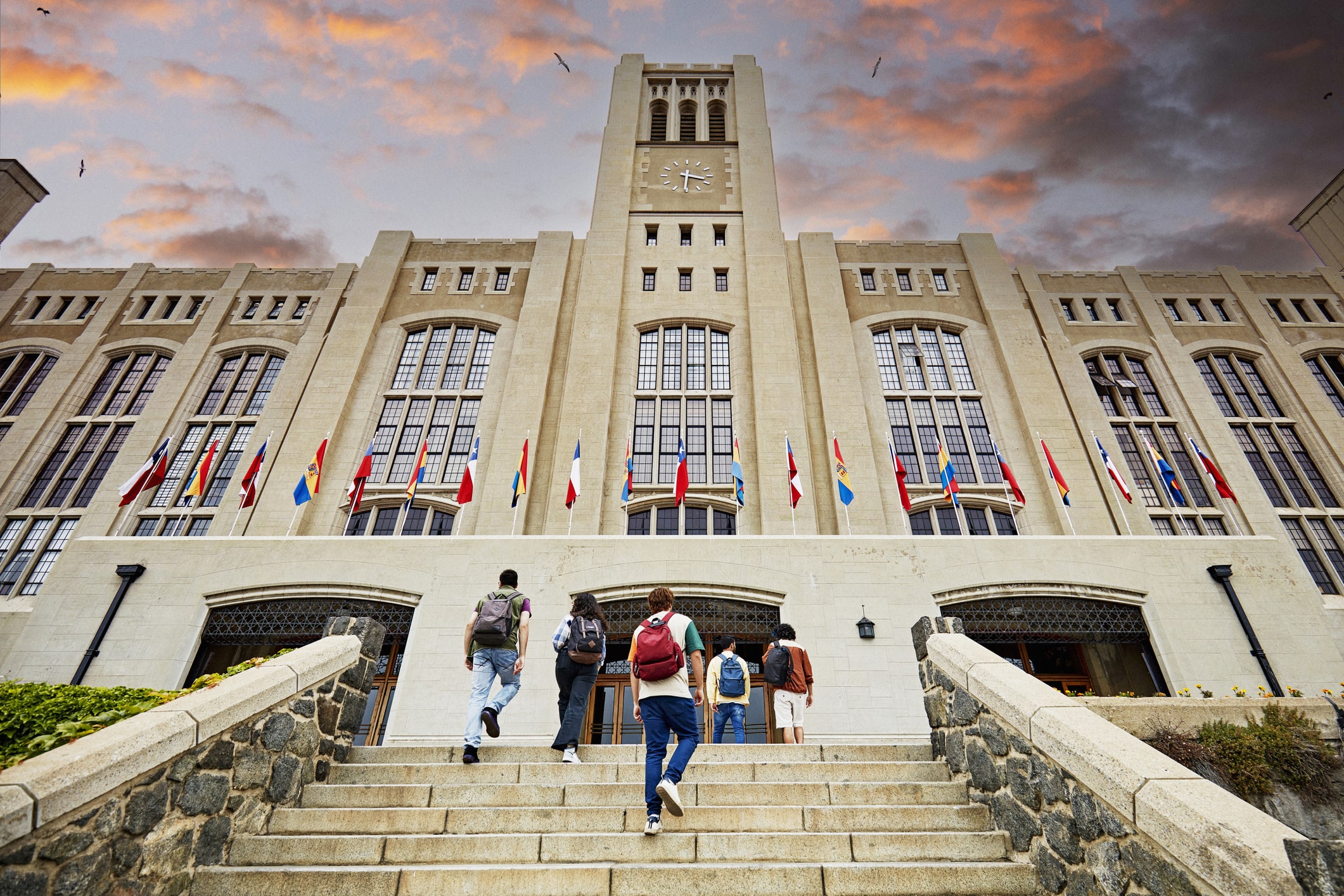

Table of Contents
In 2010 and 2011, the recession caused U.S. parents to be concerned with saving money during the back-to-school shopping season, seeking sales and reusing old supplies. In 2012, they spent a record high since the recession set in. This year, it was expected that they would cut back again.
Although retailers expected a cut back, they didn’t expect one this big. It seems they thought that by offering more promotions, they could entice consumers to spend the same amount of money but on more items. However, many clothing retailers fell short of their expected growth for back-to-school shopping this August. As the economical pressure slowly lifts, U.S. consumers have started shopping again… so what gives?
In this report, we’ll discuss:
Although retail sales increased in the months prior to the back-to-school season, clothing and apparel shopping wasn’t strong. According to the Department of Commerce, retail sales increased in July, but only by 0.2 percent.
Economists believe consumers are still concerned with the high unemployment rate, high payroll taxes and low wages. Reports suggest that, this month, they chose to remain cautious by taking advantage of low interest rates and buying more immediate, big-ticket items like appliances, electronics and vehicles – leaving them with a limited budget for clothing.
Thomson Reuters tracked the same-store sales of Gap Inc., Banana Republic and Old Navy – all of which fell short of their expected increases for August. Meanwhile, home appliance retailers and car dealerships fared well.
By the numbers: Home Depot and Lowe’s reported sold sales and raised their year views. Home appliances retailer Conn’s reported a whopping 31 percent increase in their August same-store sales. Additionally, automobile sales increased 17 percent since last August. Ford Motor Co., General Motors Co. and Chrysler Group all reported double-digit sales gains. GM reported that it sold 275,847 vehicles in the United States in August – a number 14.7 percent higher than last August’s.
Sales increased so much that dealers wound up without enough cars to sell. Consumers took advantage of low interest rates and enticing lease deals to replace their old cars. Car dealers saw the highest number of sales since the recession set in, and maybe even before that.
According to Ken Czubay, Vice President of U.S. Sales for Ford, August 2013 marked the best retail of any month for Ford going back to August 2006.
Upon realizing that customers were keeping cautious and spending smart, retailers responded to this problem by offering deeper discounts than last year’s back-to-school season to draw customers back in.
By the numbers: American Eagle offered 40 percent off all of their merchandise both in stores and online. Last year, it offered 30 percent off select styles. Similarly, Gap offered 40 percent off t-shirts, socks and underwear, compared to 30 percent off select styles last year. Hollister and Saks both extended the length of their sales. Macy’s Labor Day sale was 25 to 75 percent off, as opposed to 20 to 60 percent in 2012.
While offering deeper discounts may have grown their numbers, it also grew their concerns about margins. Consumers’ cautiousness could mean that retailers may have to continue to offer an increased amount of incentives until they are ready to spend more money on clothing.
Not only are retailers concerned about the cost of offering increased incentives, they are also concerned about what last month’s weak mall traffic and slow sales will mean for fall and winter sales – especially the upcoming holiday season. Some are seeing the unsuccessful back-to-school season as a bad omen. Macy’s Inc. and Kohl’s Corp. recently lowered their fiscal-year outlooks.